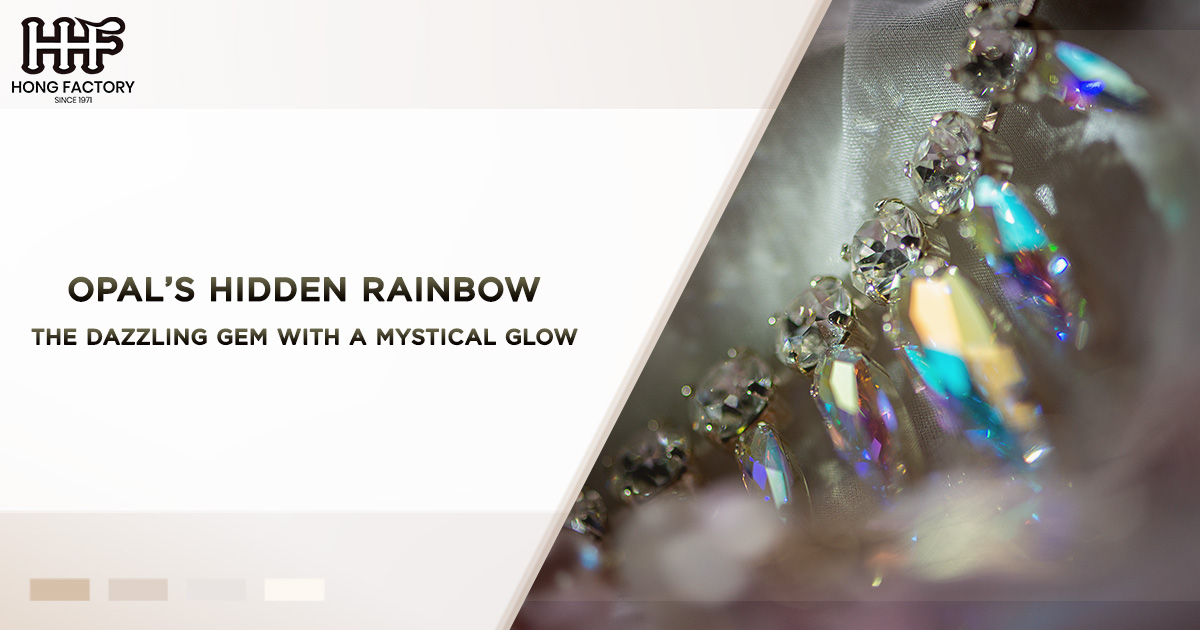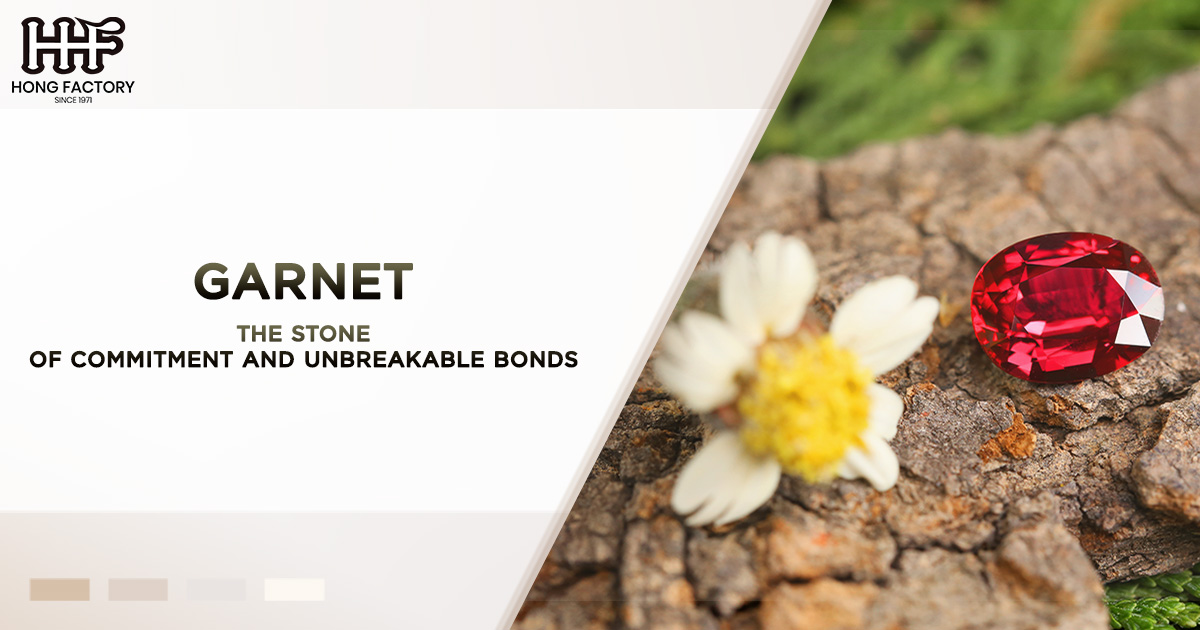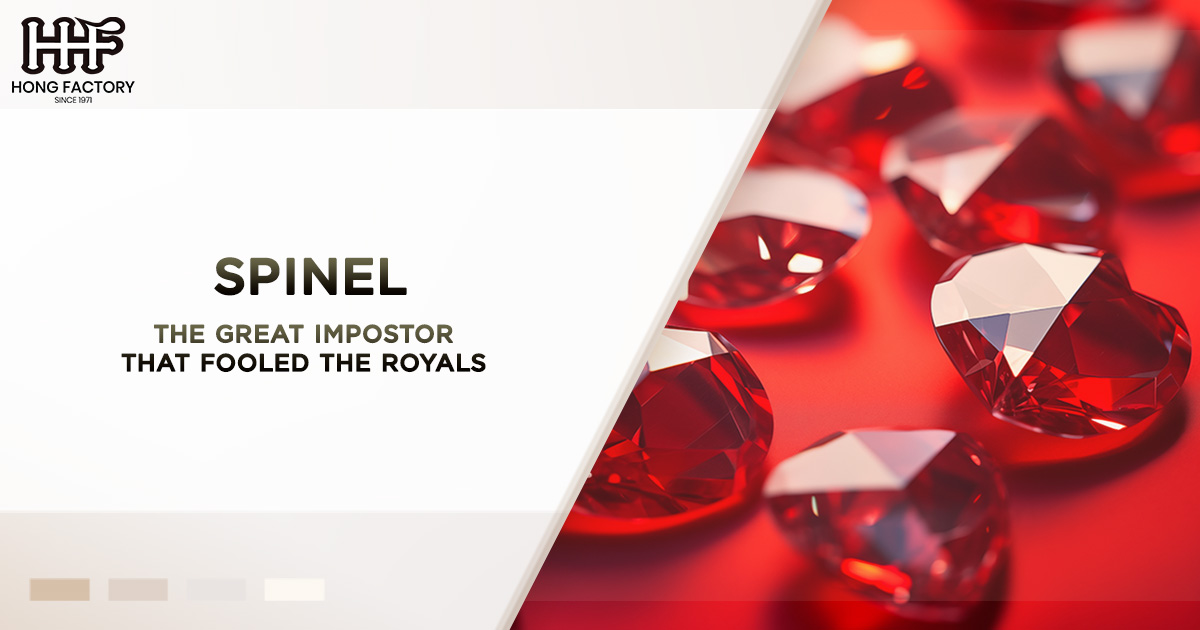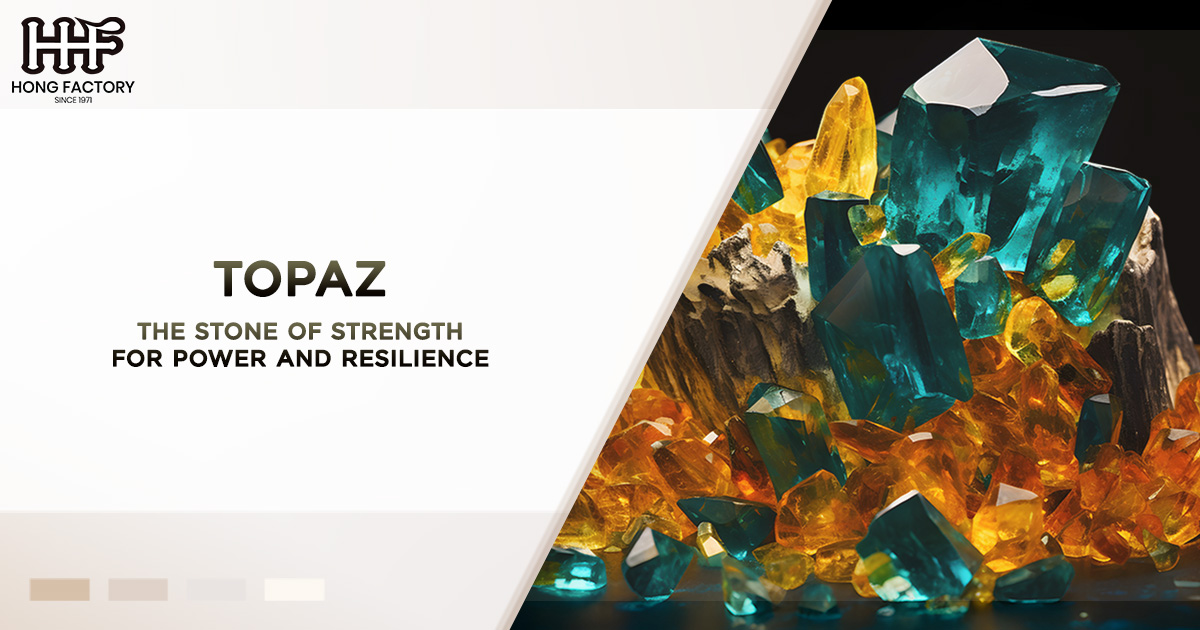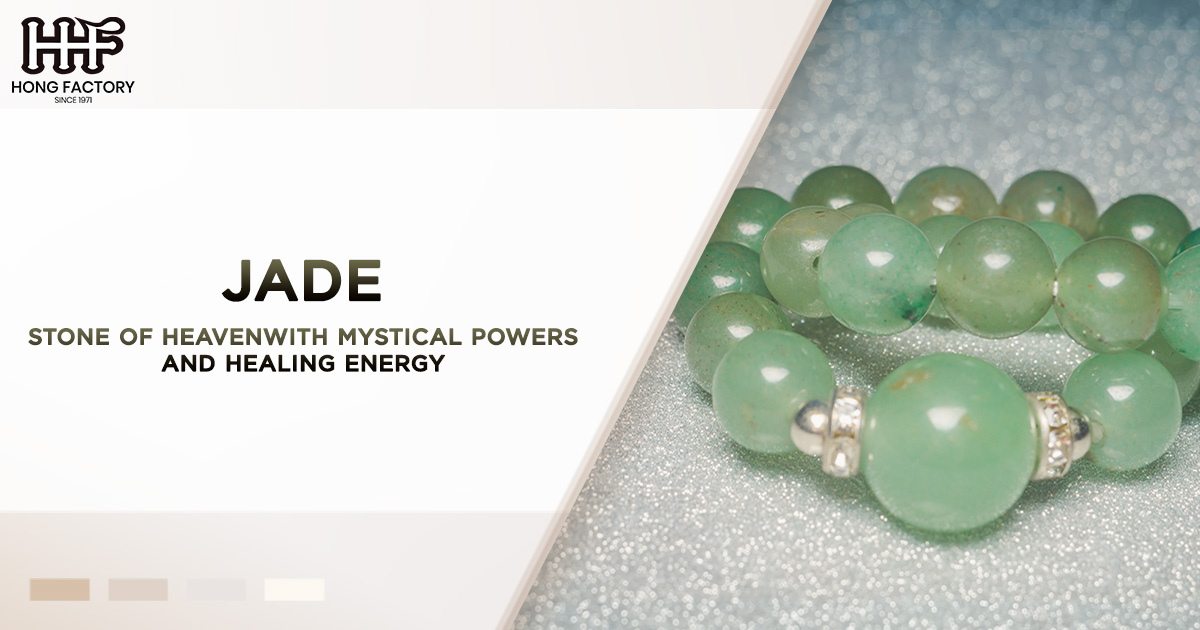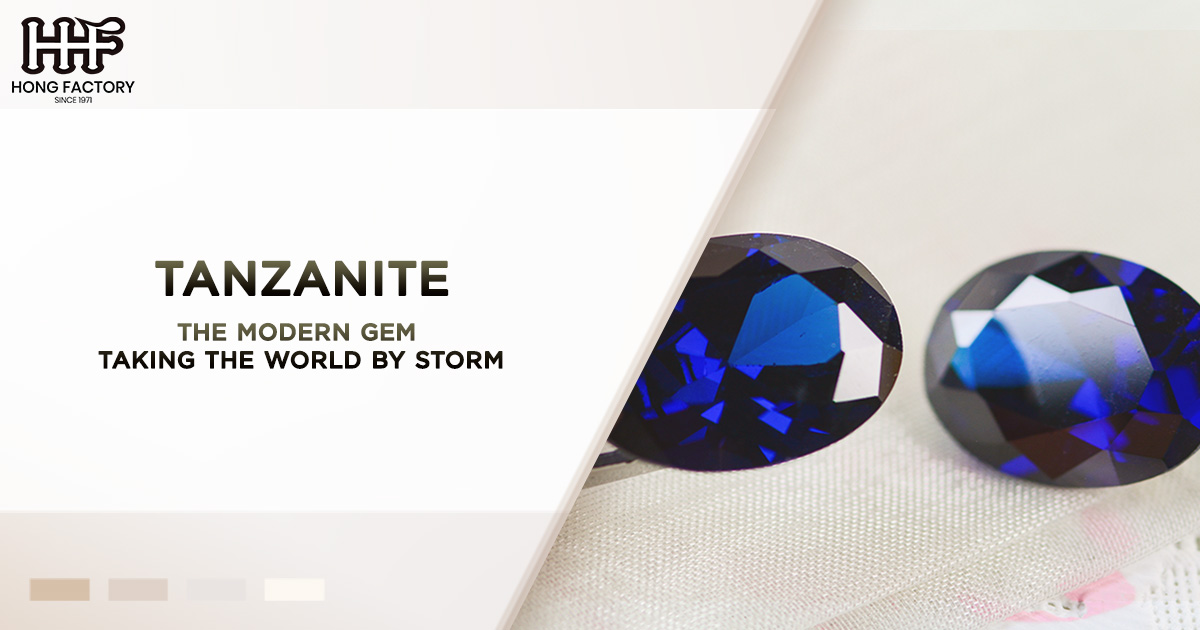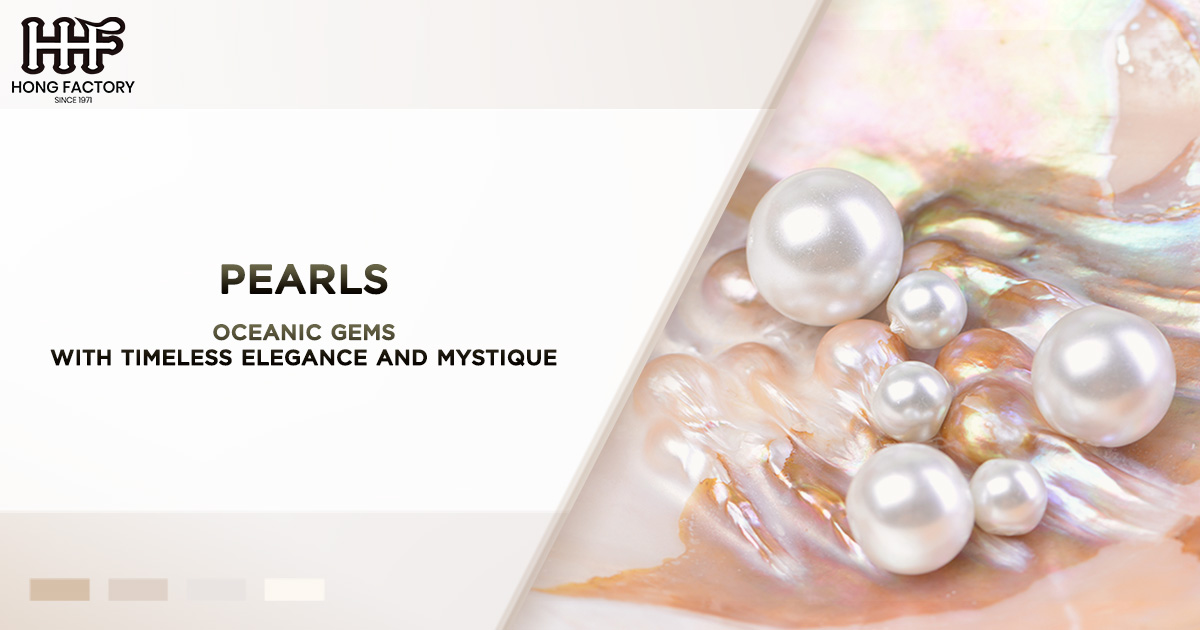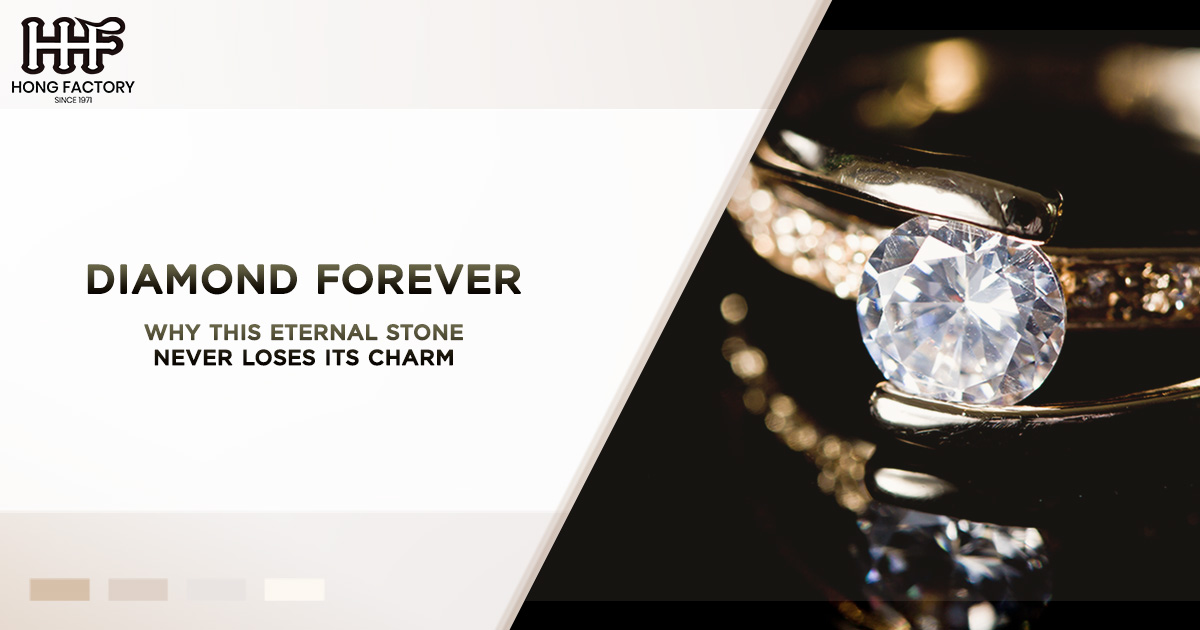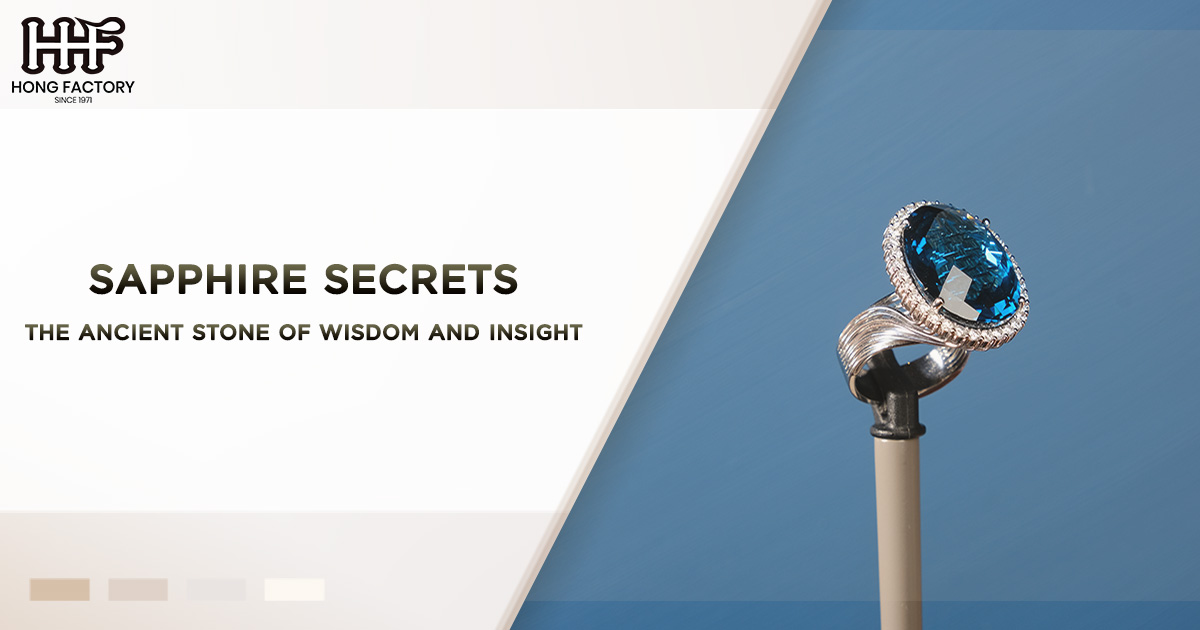Opal have long been admired for their enchanting beauty, with an ethereal quality that seems almost otherworldly. Their captivating display of shifting colors, known as play-of-color, has made them one of the most coveted gemstones in history. Among all gems, opals stand apart for their unique ability to reflect a rainbow of colors, giving them an almost mystical glow that has fascinated humans for centuries. This opalescent charm, accompanied by their deep connection to Australia, where some of the world’s finest opals are mined, makes them a gem of unmatched allure.
In this article, we will explore the Opal’s Hidden Rainbow, delving into their different types, care requirements, valuation factors, and the locations where they are mined. Let’s embark on a journey to decode the brilliance of this dazzling gem.
Types of Opals
Opals are an incredibly diverse gemstone, and their variety is as rich as the colors they display. While all opals share the characteristic play-of-color, they can be classified into several distinct types, each with its own charm and appeal.
1. Black Opal
Black opals are the most prized and valuable type of opal. Their dark body tone enhances the vibrant play-of-color, creating a stunning contrast that makes the colors appear more vivid. The majority of black opals come from Lightning Ridge in New South Wales, Australia. Due to their rarity and intense colors, black opals are often considered the most desirable opals in the world.
2. White Opal
White opals have a light or white body color, and while they display *play-of-color*, the contrast is more subtle compared to black opals. The colors in white opals tend to be softer, and they are generally more abundant, making them more affordable. These opals are commonly found in South Australia, especially in Coober Pedy, which is known as the “Opal Capital of the World.”
3. Boulder Opal
Boulder opals are another exceptional variety, with vibrant flashes of color embedded in ironstone or sandstone. These opals are primarily sourced from Queensland, Australia. The natural backing of the host rock gives boulder opals a unique and rustic appearance, making them highly sought after by collectors and jewelry enthusiasts alike.
4. Crystal Opal
Crystal opals are transparent to semi-transparent opals, allowing light to pass through the stone. Their body color can range from clear to dark, and the *play-of-color* in crystal opals is often described as having a three-dimensional effect. Crystal opals are highly prized for their clarity and intense color displays.
5. Fire Opal
While not known for the same *play-of-color* as other opals, fire opals are renowned for their fiery orange, yellow, or red hues. These opals are often found in Mexico and are sometimes referred to as “Mexican fire opals.” Some fire opals may exhibit flashes of color, but they are typically valued more for their warm body colors.
Care Requirements for Opals
Opals, despite their beauty, are delicate gemstones that require special care to ensure their longevity. Unlike harder gemstones like diamonds or sapphires, opals have a relatively low hardness on the Mohs scale, typically ranging from 5.5 to 6.5, which means they can be easily scratched or damaged if not handled properly.
1. Avoid Harsh Chemicals
Opals are porous stones, meaning they can absorb liquids and chemicals. Cleaning opals with harsh chemicals or detergents can dull their surface or cause internal damage. To clean opals, it is best to use mild soap and warm water with a soft cloth or brush.
2. Protect from Impact
Due to their softness, opals are susceptible to chipping or cracking upon impact. It is important to store opal jewelry separately from harder stones and to avoid wearing opals during activities that might subject them to knocks or pressure.
3. Humidity Control
Opals contain a significant amount of water, typically between 3% to 21%. If kept in extremely dry conditions, opals may lose moisture and become brittle or develop cracks, known as “crazing.” To prevent this, it is recommended to store opals in a slightly humid environment, or with a damp cloth, especially in arid climates.
4. Regular Polishing
Over time, opals can lose their luster due to surface wear. To restore their brilliance, an opal can be professionally polished by a jeweler. However, it is important not to polish opals too frequently, as they are prone to thinning or damage from excessive polishing.
Valuation Factors for Opals
The value of an opal depends on several factors, including the intensity of its play-of-color, body tone, pattern, and overall quality. Understanding these valuation criteria can help buyers make informed decisions when purchasing opal jewelry.
1. Play-of-Color
The most important factor in determining the value of an opal is its play-of-color. This phenomenon occurs when light diffracts through the silica spheres inside the opal, creating flashes of color. The more vivid and diverse the colors, the more valuable the opal. Red, orange, and blue flashes are particularly prized, with red being the rarest and most valuable.
2. Body Tone
An opal’s body tone refers to the overall color of the stone when it is not reflecting light. Black opals, with their dark body tone, are the most valuable because the dark background enhances the play-of-color. In contrast, lighter body tones, such as those in white or crystal opals, tend to be less valuable, though they can still command high prices if their color play is exceptional.
3. Pattern
The pattern of the color flashes within the opal also affects its value. Opals with large, well-defined patches of color are more valuable than those with smaller, scattered flashes. Some of the most desirable patterns include “harlequin,” where the colors form a checkerboard-like pattern, and “pinfire,” where small dots of color are evenly distributed across the stone.
4. Clarity and Transparency
Like other gemstones, clarity plays a role in the value of opals. Crystal opals, which are transparent or semi-transparent, are particularly valued for their clarity. Any inclusions or cloudiness within the stone can detract from its value. Boulder opals, however, are an exception, as they naturally contain inclusions in the form of host rock.
Mining Locations
Opals are predominantly found in Australia, which produces over 90% of the world’s supply. The Australian opal industry is centered around a few key mining regions, each known for producing specific types of opals.
1. Lightning Ridge, New South Wales
Lightning Ridge is world-famous for producing black opals, considered the most valuable and beautiful of all opal types. The mines here are known for yielding opals with deep, vibrant color flashes against a dark background.
2. Coober Pedy, South Australia
Coober Pedy is the largest opal-producing area in the world and is renowned for its white opals. The town is often referred to as the “Opal Capital of the World” and continues to be a major source of high-quality white and crystal opals.
3. Andamooka, South Australia
Andamooka produces a variety of opals, but it is particularly famous for its matrix opals, where opal is interspersed within a host stone, creating a unique and intricate appearance.
4. Queensland
Queensland is known for its boulder opals, which are found within ironstone formations. The mines in this region yield opals with striking patterns and vibrant colors, often accompanied by the natural host rock, giving them a rugged and earthy aesthetic.
Conclusion
Opals are truly one of nature’s most magical creations, with their mesmerizing *play-of-color* and diverse range of forms. From the intensely vivid black opals of Lightning Ridge to the delicate white opals of Coober Pedy and the unique boulder opals of Queensland, these gems are a testament to the beauty that lies beneath the earth’s surface. While opals require special care and consideration, their beauty and value make them a worthy addition to any collection.
Whether you are drawn to the fiery hues of a Mexican fire opal or the deep, mysterious colors of an Australian gems, these stunning gems offer a little piece of the rainbow that can be treasured for generations.

